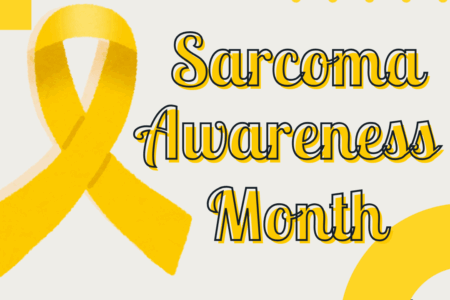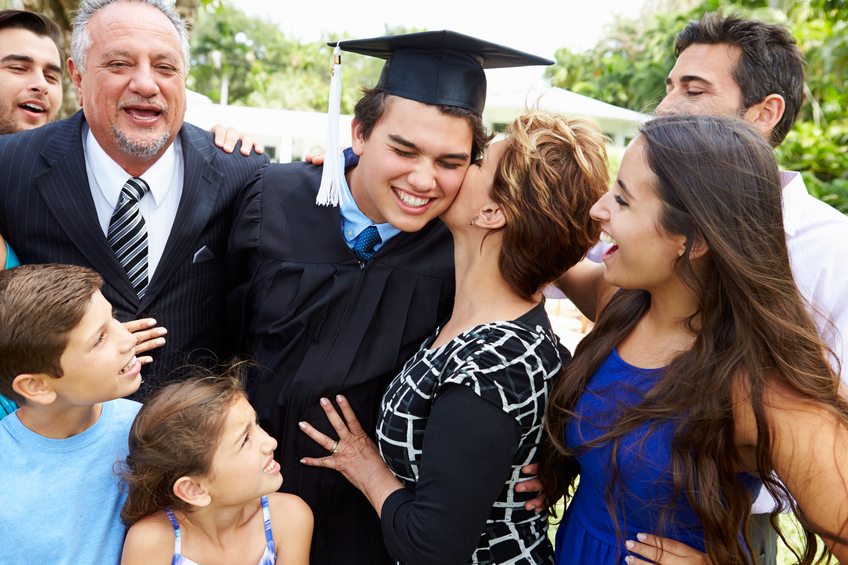
Share On Social!
Oregon’s high-school graduation rate was shockingly low—72%—just a few years ago.
But after the state hired its first ever “education innovation officer” and schools started finding unique ways to help Latino students graduate on time, the graduation rate rose 77% in 2017.
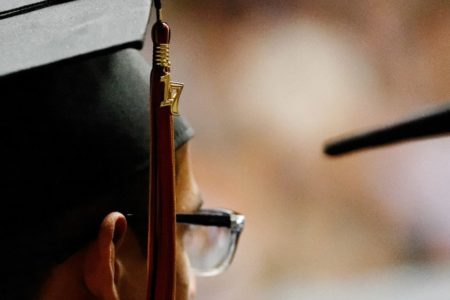
“We try to remove barriers on the pathways students want to follow to make it as equitable as possible,” Martha Guise, principal of Century High in Hillsboro, where the overall graduation rate soared partly due to improvements for Latinos, told the Oregononian. “We are getting better.”
Latinos and the Graduation Quandary
The good news is that Latino high-school graduation rates reached an all-time high of 77.8% in the United States in 2015, buoyed by federal programs like the Every Student Succeeds Act, NBC News reports.
The bad news is that Latinos still graduate less than the overall rate of 83.2%.
Programs are rising up to address this need.
One key way is to increase Latino school success and family support is to increase access to “community schools,” according to a Salud America! research review.
A community school mixes classroom instruction within the structure of a community resource center. It provides on-site child care and early education center, wellness center, after-school programs, as well as a community resource center for families and neighborhood partners. In most cases, the school is open beyond traditional hours, to all members of the community, to be used as a meeting site, fitness center, medical office, and resource center, and results in the formation of local partnership building and stronger communities.
“College faculty and students, business people, youth workers, neighbors, and family members come to support and bolster what schools are working hard to accomplish – ensuring young people’s academic, interpersonal, and career success,” according to the research review.
Oregon is a great example of how schools can add “community school” elements.
How Oregon is Boosting Graduation Rates
In summer 2016, Gov. Kate Brown hired Colt McGill as the state’s first “education innovation officer,” then named him the permanent state schools chief in January 2017, according to the Oregonian.
His mission: Help raise Oregon’s high-school graduation rate.
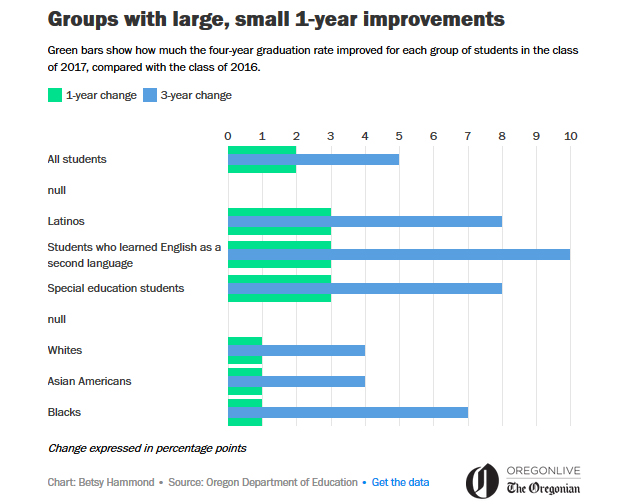 McGill helped lead some overarching changes, such as:
McGill helped lead some overarching changes, such as:
- Track and monitor how many credits each student accumulates.
- Create school systems that help adults show students they care about them.
- Create workable ways for students who fall behind to catch up.
And schools started to make changes, too:
- At largely-Latino Springfield High School, new employees track students who miss too much school and help them to re-engage. “A homelessness services coordinator holds office hours at the school three days a week to help students and families affected by the housing crisis. The school created a formal feedback loop so that students who falter are noticed right away and promptly offered help to get back on track,” according to the Oregonian.
- At largely Latino Putnam High School, they started college-readiness-style techniques to improve student class participation and organization. They have a Spanish immersion class for the roughly one quarter of its students. Their entire staff is hired to have “big skills and bigger hearts” for students, according to the Oregonian.
“It all goes back to relationships. If you have a relationship with a kid, they will work harder for you,” Putnam assistant principal Ryan Richardson told the Oregonian.
So far, McGill and Oregon schools have had success.
The state’s high-school graduation rate rose from 75% to 77% in 2017. While that is the one of the largest annual increases in state history, the rate fell slightly below the goal of 78%.
Student Impact
Students are benefiting from Oregon’s changes.
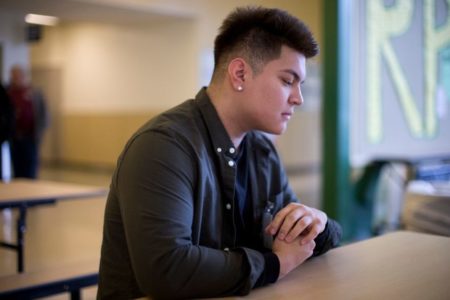
Farit Farias, a Latino student at Putman High School, said that he never thought about a job beyond high school.
But when teachers suggested he become an English teacher, it resonated, Oregon Live reports. Farias was so greatly influence by his teacher that it pushed him to pass a class he needed to be able to graduate.
And that’s exactly what he did.
Farias walked across the stage. He heard them call his name.
“That was a memory I will never forget all my life,” he told Oregon Live.
By 2024, Oregon aims to have 90% of students walk across the stage on graduation day. This is a big goal, but with the new changes, it seems its not too far out of reach.
You Can Make an Impact
To learn more about how you can impact students go to:
Explore More:
Healthy Families & SchoolsBy The Numbers
142
Percent
Expected rise in Latino cancer cases in coming years


